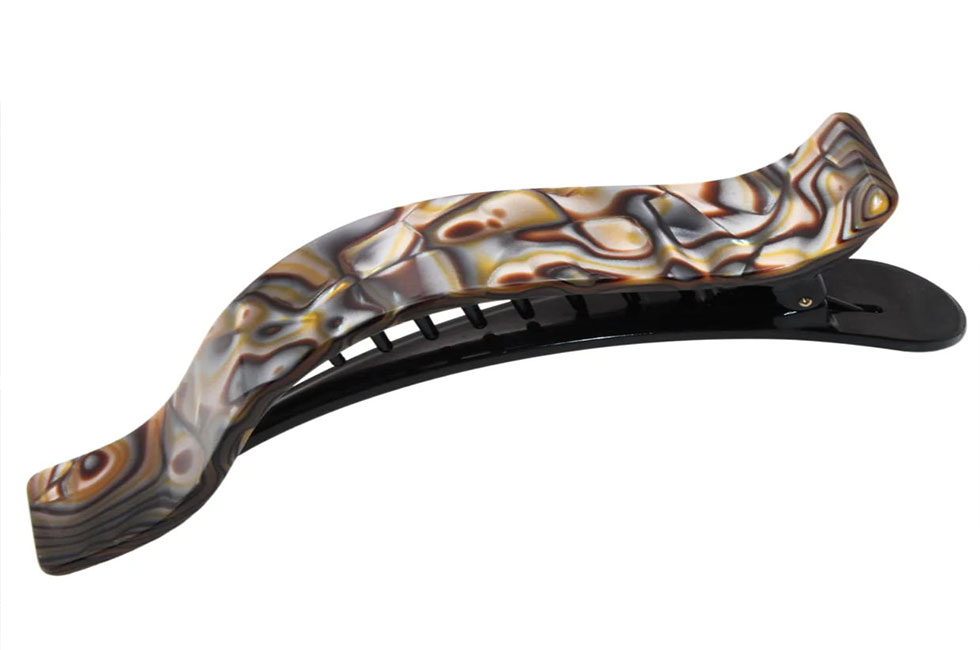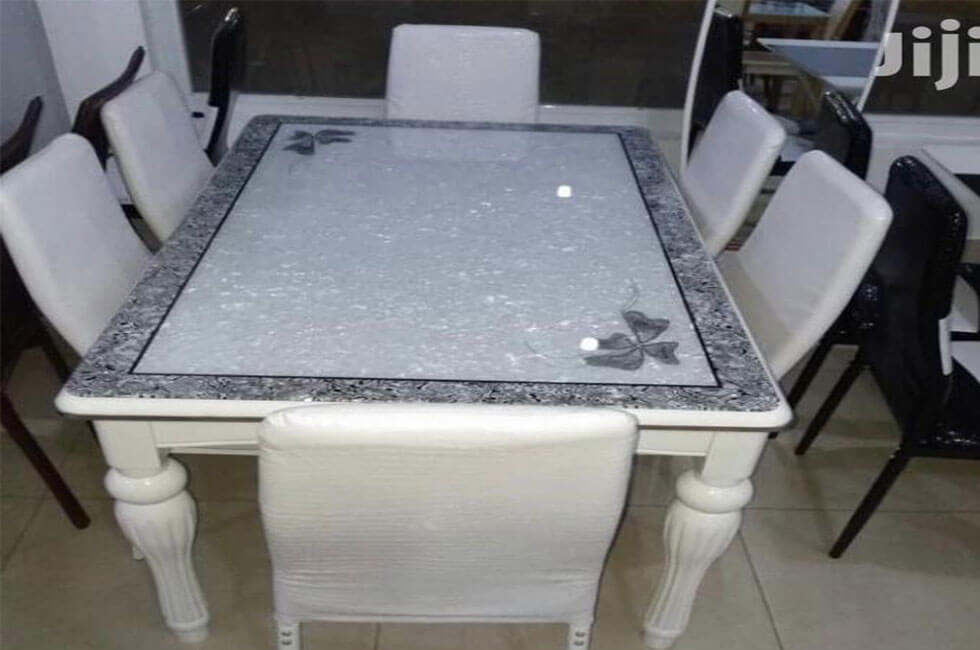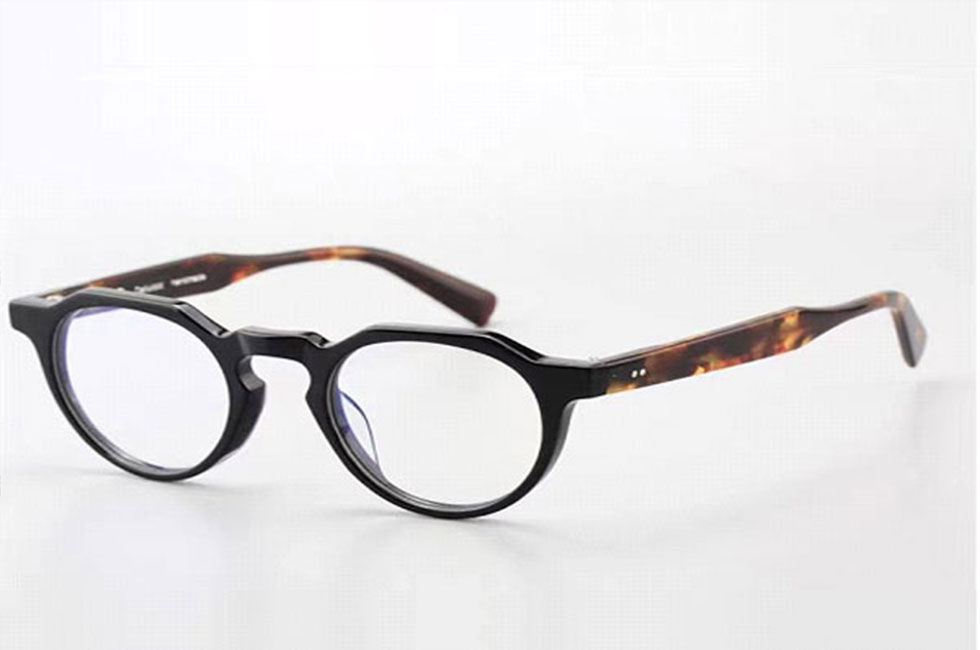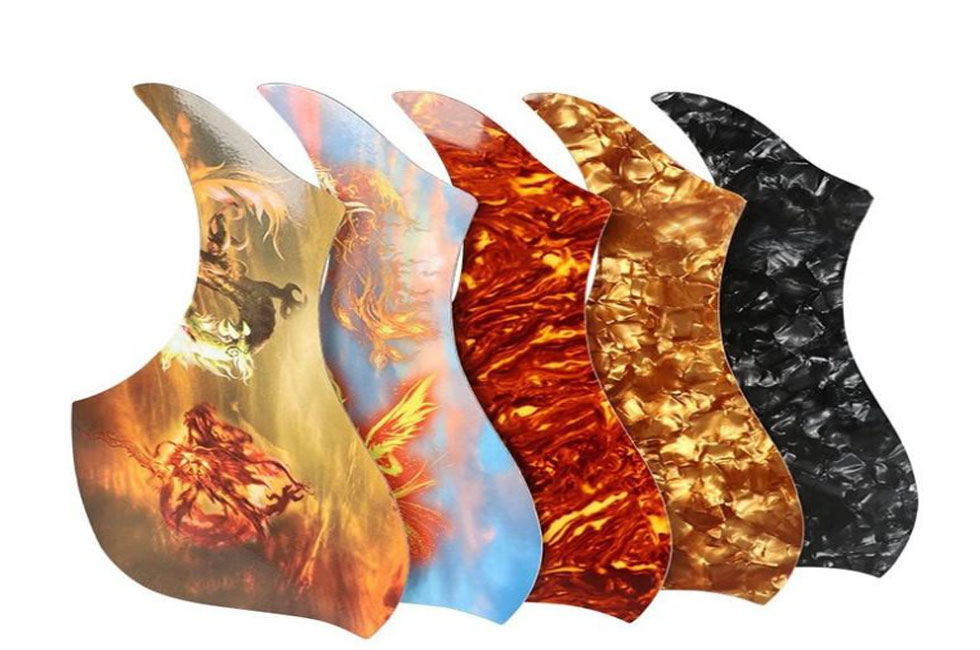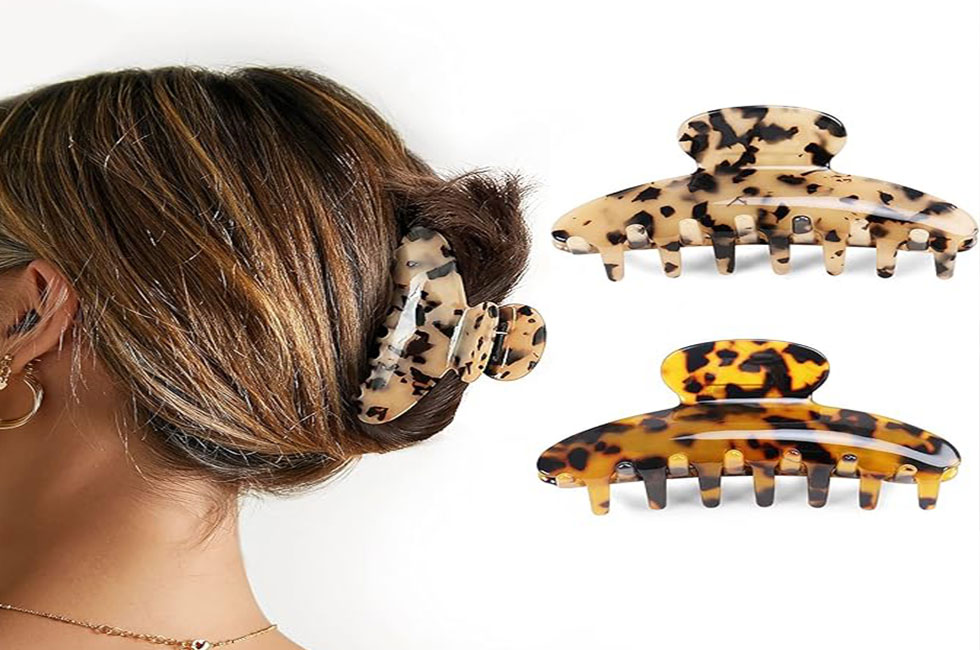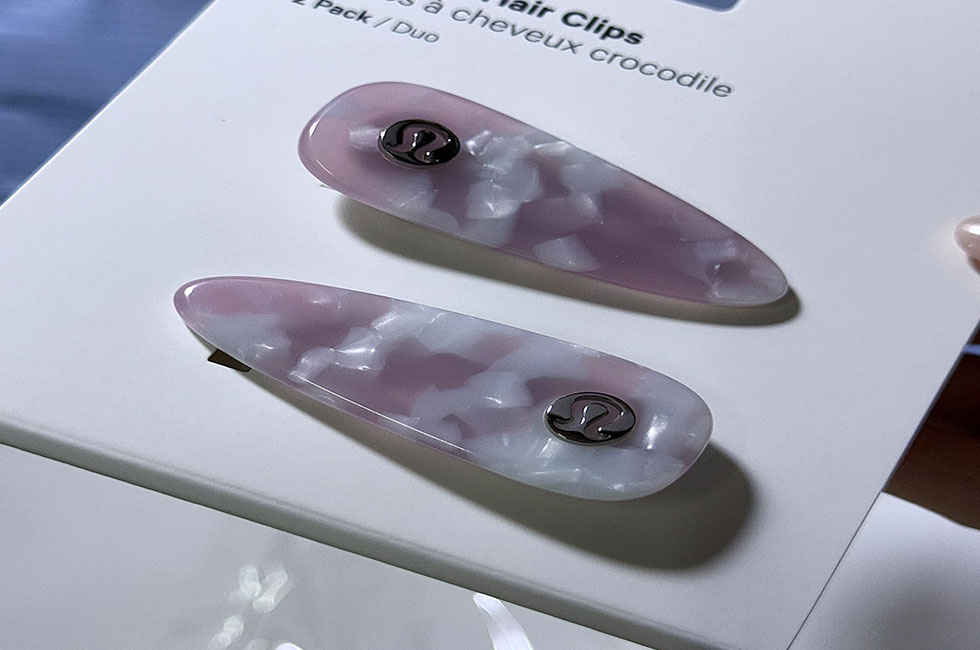Why is Celluloid So Essential for Hairpins? The Answer Lies In The Master Craftsman’s Material Selection Philosophy
At a hair accessory stall in a small commodity market, customers often compare two seemingly similar hairpins: “They look the same, why are the prices so different?” Master Zhang, the vendor, always picks up a celluloid model and says, “Try it. There’s a secret to this material—choose the right one, and you’ll feel comfortable holding your hair. Otherwise, it’s just a waste of money.” Why is celluloid so essential for hairpins? This lies in the master craftsman’s dedication to practicality and the experience gained from countless users. The First Consideration: A Tenacity to “Understand Hair”
Master Li, who has been making hair accessories for thirty years, has a drawer filled with over a dozen material samples. “Early on, I tried metal sheets, but they were as hard as razor blades and always tangled up hair when clamping it. Later, I used ordinary plastic. While it was soft, it became too loose to hold onto hair after a while, especially in the summer when I sweat and it became as slippery as a loach.” It wasn’t until he encountered celluloid that he found that “Goldilocks zone” (just right).
The most remarkable thing about celluloid is its “elastic hardness”—you can feel it deform slightly when you squeeze it, and it springs back immediately when you release it. Master Li measured it a hundred times with a vernier caliper: “A 0.4mm celluloid sheet has a clamping force that’s 30% weaker than metal, but twice as strong as plastic.” This force is just enough to “wrap” the hair without “gripping” it tightly, like a tailor tailoring clothes to your exact measurements—neither loose strands of hair can escape nor pull them to the point of irritating the scalp. A woman who has been square dancing for years put it bluntly: “I used to use metal clips, and my scalp would be all red after dancing. Now I have celluloid clips, and even if I shake my head vigorously, it doesn’t hurt. When I take them off, my hair is smooth, and not a single strand falls out.”
The second consideration: flexibility to adapt to changing tastes
In designer Wang’s studio, celluloid sheets pile up like a mountain: “Hair accessory makers need to understand women’s preferences—some prefer retro, some prefer fresh, and the material needs to be adaptable.” This is precisely what makes celluloid superior to other materials.
Want to create a tortoiseshell-like pattern? Heat the celluloid to 50 degrees Celsius, then use a bamboo brush dipped in coloring paste to slowly blend it. You can create the alternating light and dark patterns of natural tortoiseshell, without harming the turtle. Want a girly pearlescent finish? Add finely ground shell powder to the raw material and stir in one direction to create a luster that “breathes in the sun.” Sister Wang is most proud of her matte, frosted hairpin: “I sanded it three times with 800-grit sandpaper, and it feels like velvet. It doesn’t reflect light when clipped in the hair, making it a perfect, understated option for office workers to wear to meetings.” Ordinary plastic either doesn’t create a layered effect when dyed or frays easily. Metal, on the other hand, is even more expensive; achieving a smooth, matte finish would triple the cost.
The Third Consideration: The “Philosophy of Durability” Hidden in the Details
When choosing hairpins for their children, mothers prioritize “hardness.” Mother Chen’s daughter often toys with hairpins, and she’s tried various materials. “Plastic ones crack after a couple of drops, and metal ones clink, and I’m worried she’ll scratch them if she puts them in her mouth.” After switching to a celluloid model, she found it “extremely durable”—a drop on concrete leaves a white mark that disappears with a damp cloth. The edges are rounded, so even if a child chews on them (though they should be stopped promptly, of course), they don’t scratch like metal does. Master Li reveals a secret: “Celluloid doesn’t swell when exposed to water, and even when left in the bathroom during the rainy season, it won’t warp like wood. It doesn’t soften even at temperatures as high as 40 degrees Celsius, and when worn in the summer, it won’t stick to your hair like inferior plastic.” A makeup artist is even more experienced: “The hairpins on a bride’s head on her wedding day have to hold up all day without sagging. Celluloid hairpins are used from morning makeup to evening toasts, and when they’re removed, they can still hold a tissue securely. This tenacity is unmatched by other materials.”
The Fourth Consideration: A Gentle Response to Nature
“Back in the day, I wanted to make tortoiseshell hair accessories, but I had to rely on natural tortoiseshell. Who would dare to do that now?” Master Li says, pointing to the animal protection posters on the wall. The advent of celluloid solves this dilemma—it can replicate the beauty of natural materials without exploiting them. A student majoring in environmental protection said, “Every time I choose a celluloid hairpin, I feel like I’m doing my part to protect sea turtles. It turns out you can have both beauty and responsibility.”
In a hair accessory workshop today, the sound of celluloid sheets being cut echoes endlessly. A veteran craftsman, touching a freshly pressed hairpin, says, “Choosing a material is like choosing a friend. They need to understand you, be there for you, and protect you. Celluloid is like that—it’s unassuming, yet it makes the simple act of ‘holding your hair’ incredibly comfortable.” This is perhaps why those in the know can tell at a glance, “Hmm, this is celluloid, no mistake.”
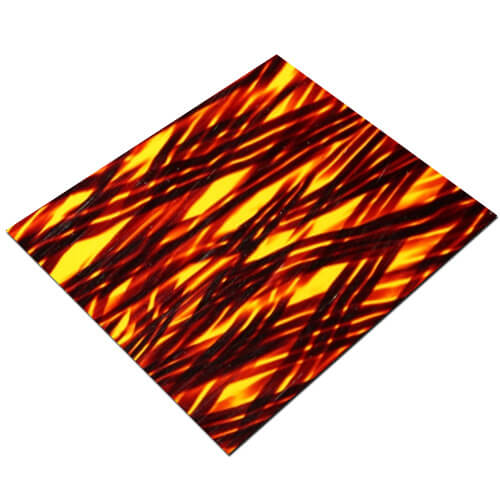
Contact us team
If you are interested in our article after reading it, please do not hesitate to send us an email to express your thoughts.

